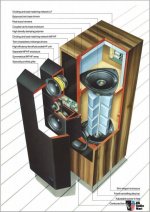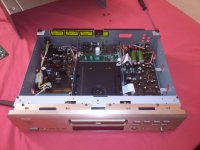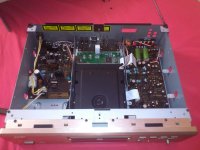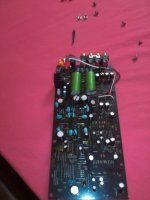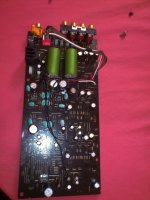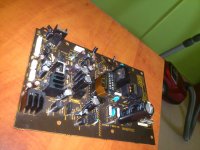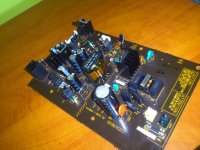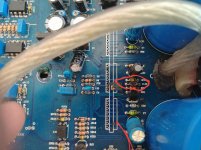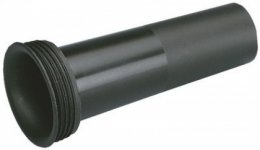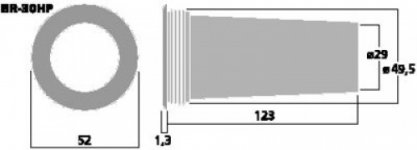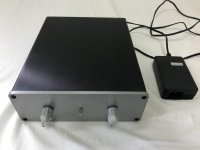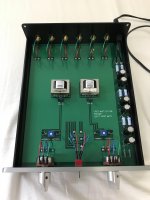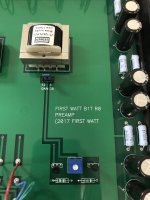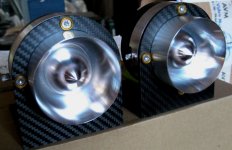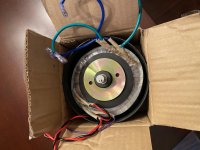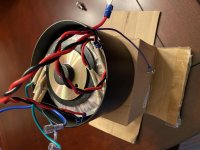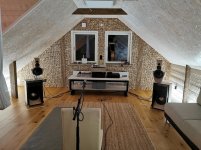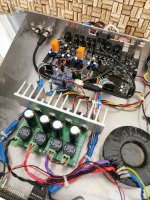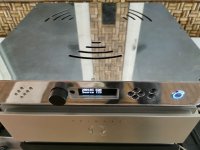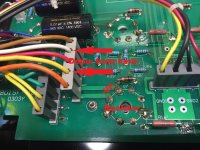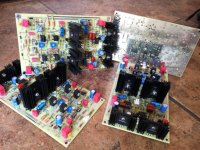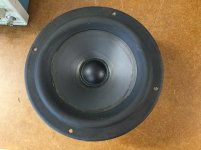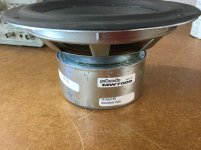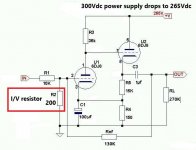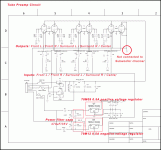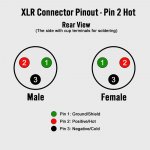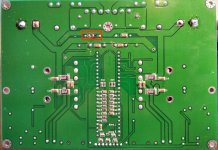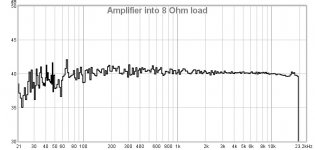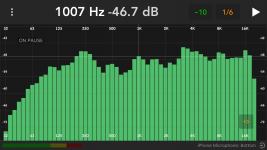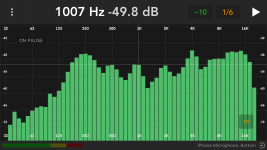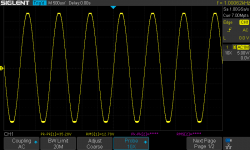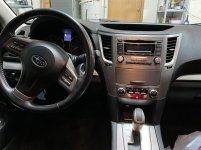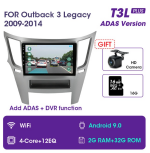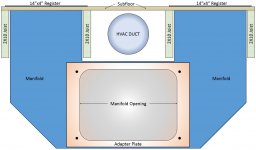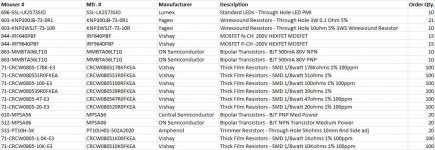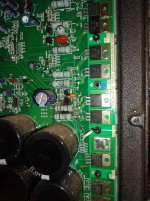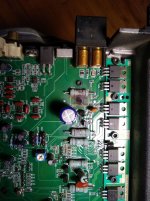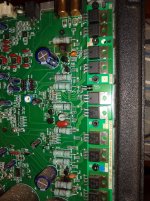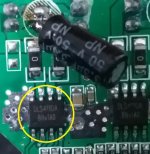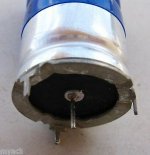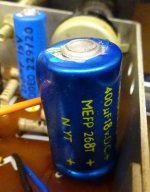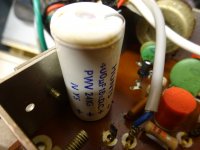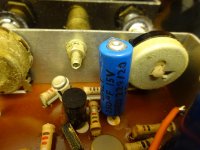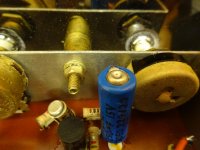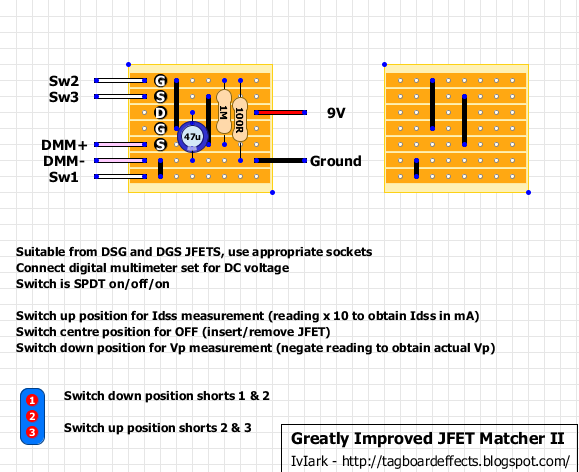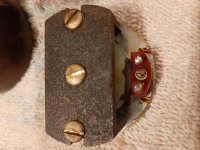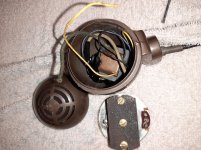Background
I’m an tube guy over opamps and often also transistors. But I didn’t know this until I first owned some tube gear. Tubes, especially in DAC opened my understanding of good sound. I tested several opamp and tube based DACs and always got in to conclusion that tube opens the sound, makes it more enjoyable and engaging and highly improves the bass authority. Still, the tubes are not a must for me, I’m open to anything that improves the sound, even if it was an opamp. With my current 4-way active DSP based system, I couldn’t afford 8 identical DAC channels with tube outputs so I was kind of forced to make a compromise. I think the DAC output is the worst place where one can have opamps. With the current setup I have tried several opamps (including some discrete ones) but never Bursons. I was always keen to try them, having heard a lot f good about them. Then I got this chance to have a pair of the Burson Audio Supreme Sound Opamp V6 Classics free of charge against reviewing them. So, here we go.
Equipment used
Speakers: Linkwitz LX521.4. Full dipole, 4-way, actively crossed (DSP, IIR)
Source: TIDAL (Masters quality) running on Macbook Pro. 2 channel, 32-bit 768kHz through USB (UAC2)
USB to I2S converter: JLSounds I2SOverUSB with ultra low noise ultra high PSRR power supply (LT3045 based DIY).
DSP/Crossover/Dac/Preamp: WAF-Audio Najda (slightly modified and with LT3045 based power supplies), fed by the USB to I2s converter. Najda has 4 dual opamps in DAC output stage for eight channels. My current setup uses 4x LME49720HA metal can opamps which I consider to be the most detailed and neutral opamp I have heard. When I want more feeling and life to the sound I switch them to 8x OPA627
Subwoofer amplifier: NAD T975, 4 channels used, one for each woofer driver
Lower mid amplifier: Primare A33.2
Upper mid and tweeter amplifier: Primare A30.5
Other: Power conditioner, DIY based on improved John Risch design
Preparing the equipment and the listening session
When the opamps arrived, I decided to try if they even fit to my modified Najda board. The board had all the electrolytic capacitors close to the opmaps replaced by Wima MKS film capacitors. I didn’t consider this as an upgrade, by the way. Bursons did not fit the modified board, so I had an good excuse to go back to smaller sized electrolytic capacitors. Replacing them made just enough room to make the Bursons fit.
Before listening I burned the opamps in for 92 continuous hours. After that, I fine tuned the speaker positioning based on some in-room measurements using REW (Frequency response, Waterfall and Spectrogram). I also EQ’d some lower room modes. Though, the room still requires more acoustic treatment but I’ll leave that for another day.
Since the Najda requires 4 dual opamps and I only had two Burson V6 classic duals, I listened each track at least twice, once with Bursons on lower frequencies and LME49720HA on high freqs and right after that the second time the other way around. It took me around 30 seconds to switch the opamps safely and restart the song. So, I’m reviewing the low + lower midrange and upper midrange + tweeter separately.
Comparison track by track
Dire straits: Brothers in Arms. Lossless CD quality
This is my all time favourite test song. This is what I first listen to after any change in the setup. I know this song very well.
Mid to high: I immediately got a feeling that the Burson has some micro details missing compared to LME. At the same time I noticed that the sound is somewhat more pleasant, more round and smooth, not as detailed as LME but more life to it. I also noticed the difference in soundstage. Burson seemed to have focus farther away which is generally a good thing but I wasn’t sure this time because at the same time the soundstage width seemed to decrease and the focus was too far away to make a real effect of 3D depth, if it makes any sense. I decided to go for next tracks.
Low to lower mid: Not much difference here but I got a feeling that the extension might be better with Burson. I need another track to confirm.
Tori Amos: '97 Bonnie & Clyde. Lossless CD quality
Mid to high: This closely mic’d track confirms the feelings from the first track. LME was more present and had all the micro details without beeing cold, more on your face in a positive way. Burson was good, a bit warmer but again soundstage was more focused on one point farther away. Still the Burson sounded very pleasant but the micro details were not as clear. It was maybe a bit more pleasant that LME.
Low to mid: There is not lows in this track
Rush: Tom sawyer, Lossless Master Quality
The bass is more real with Burson in this track. Bass kicks better and somehow easier to follow. The margin is really small though.
Stanley Clarke: Tracks #1&2 from album “East River Drive”, Lossless CD quality
With both opamps the bass is superb in these tracks. But the battle here goes again for the Burson. The bass has better kick, it is tight and has bit more authority. Also teh bass imaging and mids are now better with Bursons. Perhaps the LME is bit too detailed here.
ZZ Top, La Grange, Lossless Master Quality
With Buron the bass more pleasant and more present. LME is more lively in soundstage. At the same time the LME is more detailed and maybe too neutral. Burson has more feel and personality to it.
Overall impressions
Even though I was able to pick some differences between the two opamps, the differences are mainly very small and they are both very nice opamps.
With few words, V6 classic is warm, smooth, yet relatively detailed and never harsh. I recommend it. I’m tempted to pair these (on lower frequencies) with the V6 Vivids in the highs.
Overall, Burson was more pleasant in the whole frequency range whereas the soundstage is more focused on one relatively tight spot which is farther away. This makes the feeling that the soundstage is narrower. But don’t get me wrong here, there is width to it but the sounds coming from far left and right are also closer to the listener than the middle, thus, they sound a bit separated from the main soundstage. With LME there is never this feeling, specially with LX521 which are known for making the speakers disappear. This is something I haven’t yet decided which one I prefer, or more so, which was the intention originally in the recording studio. Perhaps this different focus in the soundstage together with the smooth sound character makes the Burson easier to follow and more pleasant and winner overall. Also, I think Burson is more analogue and engaging sounding which is a good thing. LME might be just a bit too neutral in comparison.
These are definitely keepers and will stay in my system for lower frequencies. Now, I’ll have to get me a pair of those Vivids and try them on mid to high frequencies, where I believe those would make a perfect match for the Classics on the lows in this setup. I think the Vivids will give me what I’m missing with the Classic.
In the near future I’ll replace most of the amplifiers with class A amplifiers which I hope will improve the system further. I’ll probably redo this comparison. Also, I’m planning to soon go back to fully analog signal processing, then I’ll compare this setup with fully opamp-less system and let you know the results.
Attached are a couple of photos of the system
